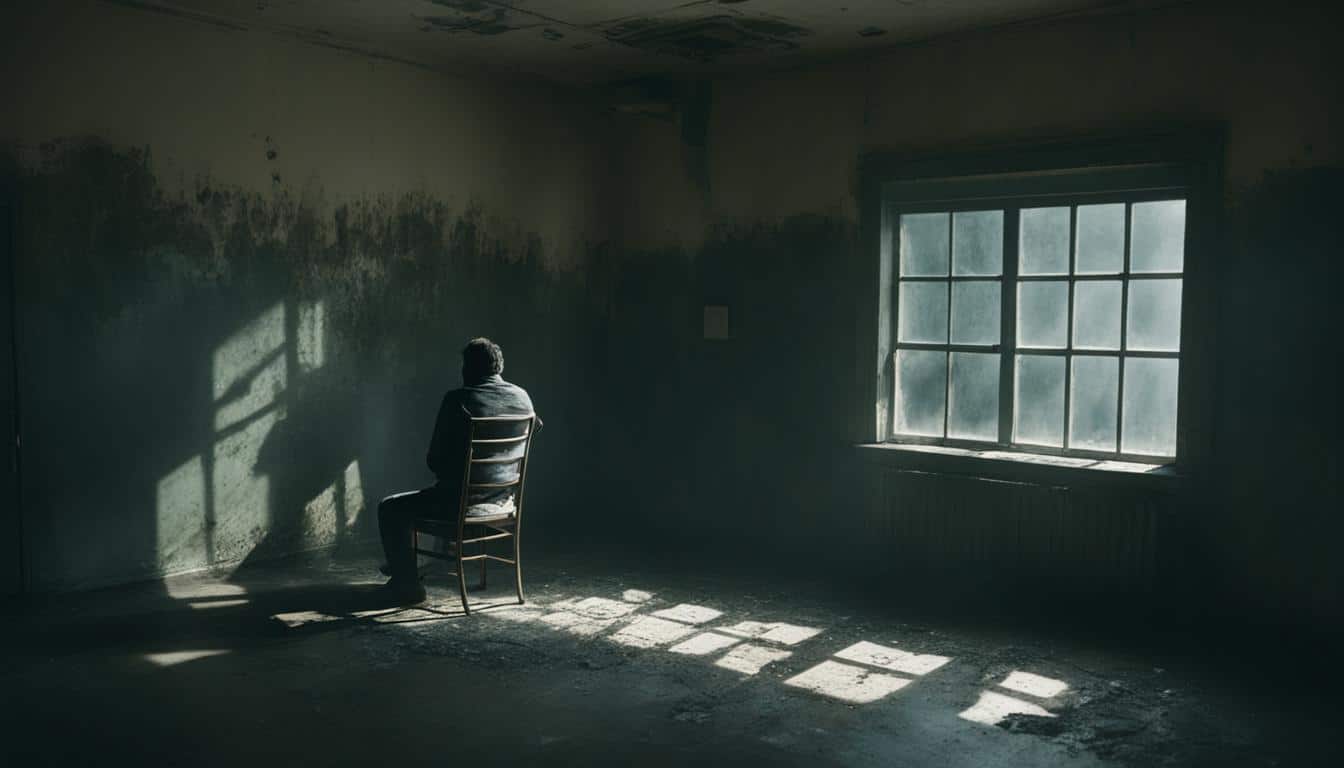If you have discovered mold in your home, you might be wondering whether it’s still safe for you to stay. Mold can indeed pose significant health risks, and prolonged exposure to it can result in various health complications, including allergies, respiratory problems, and more severe complications.
However, whether it’s safe for you to continue living in a house with mold depends on the severity of the problem and the steps you take to address it. In this section, we’ll discuss the potential risks associated with mold in your home and determine whether it’s safe for you to stay.
Key Takeaways:
- Mold in your home can pose a significant risk to your health.
- Whether it’s safe for you to stay in a house with mold depends on the severity of the problem.
- Taking appropriate action can help protect your health and ensure a safe living environment for you and your family.
- Mold issues in your home require immediate attention and remedial action.
- If left unchecked, mold can cause significant damage to your home over time.
Understanding Mold and its Health Effects
Understanding mold is essential to keeping your home safe and healthy. Mold is a type of fungus that grows in damp and humid environments. It can be found both indoors and outdoors, and it can spread quickly if not addressed promptly.
Mold exposure can have a variety of health effects, ranging from mild to severe. Some people are more sensitive to mold than others and may experience symptoms such as coughing, sneezing, and eye irritation. Prolonged exposure to mold can lead to more severe respiratory problems, such as asthma, and can exacerbate existing health conditions.
If you suspect that you have mold in your home, it’s important to take action quickly to prevent any adverse health effects from developing.
| Mild Health Effects | Severe Health Effects |
|---|---|
|
|
Mold can also cause structural damage to your home, including weakening walls and ceilings. If left untreated, mold can spread and make your home uninhabitable.
In the next section, we’ll discuss the common signs of mold infestation so that you can identify whether your home is affected.
Identifying Signs of Mold Infestation
One of the primary ways to protect yourself and your family from the dangers of mold is to identify its presence in your home. Knowing the signs of a mold infestation can help you take action quickly to prevent further growth and protect your health.
First and foremost, look for visible signs of mold growth. This might include black, green, or white spots on your walls, ceilings, or floors, particularly in areas that are damp or have poor ventilation.
You may also notice a musty or earthy odor in your home, even if you can’t see any visible signs of mold. This smell often indicates the presence of mold growth and should be taken seriously.
If you’re unsure whether you have a mold problem, consider using a mold testing kit to check for spores in your home’s air and surfaces.
| Signs of Mold Infestation | What to Look For |
|---|---|
| Visible mold growth | Black, green, or white spots on walls, ceilings, floors |
| Musty or earthy odor | Unpleasant smell indicating the presence of mold |
| Water damage or stains | Discoloration or water marks on walls, floors, or ceilings |
| Unexplained health symptoms | Allergies, respiratory problems, headaches, fatigue, etc. |
Other indicators of mold infestation can include water damage or stains on walls, floors, or ceilings, as well as unexplained health symptoms such as allergies, respiratory problems, headaches, fatigue, and more.
If you suspect that your home may be affected by mold, it’s essential to take action quickly to prevent further growth and protect your health. This may involve identifying and fixing the source of any moisture in your home, as well as removing any mold growth and performing regular cleaning and maintenance to prevent future infestations.
Health Risks of Living with Mold
If left unchecked, mold in your home can pose serious health risks. Prolonged exposure to mold can cause a wide range of health problems, from minor to severe, particularly for vulnerable individuals such as children, the elderly, and those with weakened immune systems.
One of the primary health risks of living with mold is respiratory problems. Mold spores can trigger allergic reactions, causing nasal congestion, sneezing, and coughing. Additionally, mold can cause asthma attacks and exacerbate existing respiratory conditions, leading to difficulty breathing and other complications.
Another health risk associated with mold exposure is allergies. Exposure to mold can cause allergic reactions, with symptoms such as skin rashes, itching, and watery eyes. In some cases, these symptoms can be severe, leading to anaphylaxis, a potentially life-threatening allergic reaction.
Exposure to mold in your home can also cause more serious complications, particularly for those with weakened immune systems. Mold can cause infections that can spread throughout the body, leading to fever, difficulty breathing, and other symptoms.
It’s essential to recognize the potential health risks of living with mold and take action to address any infestation in your home promptly. Don’t hesitate to seek professional help if you’re unsure how to address the issue safely and effectively. By taking the necessary steps to prevent and remediate mold, you can protect the health and well-being of yourself and your loved ones.
Addressing Mold Problems: Remediation and Prevention
If you suspect mold in your house, it is essential to address the issue before it gets out of hand. The following are some steps you can take to remedy mold problems in your home:
- Mold Inspection: Conduct a thorough inspection of your home to identify the source of the problem. Look out for any signs of water damage, including standing water or dampness in areas such as basements, attics, and bathrooms.
- Mold Remediation: Once you have identified the source of the problem, take measures to remediate it. Depending on the severity of the infestation, you may need to hire a professional to remove the mold safely. Remediation may include cleaning and disinfecting the affected areas, replacing damaged materials, or sealing leaks and cracks.
- Mold Prevention: To prevent mold from returning, it is crucial to address the underlying cause. This could include repairing leaky pipes, improving ventilation, or reducing humidity levels in your home. Regularly cleaning and maintaining your home can also go a long way in preventing mold growth.
| Mold Remediation DIY Tips | Professional Mold Remediation |
|---|---|
| – Wear protective clothing and equipment before attempting to clean mold – Use soap and water, household detergent, or a mixture of vinegar and baking soda to clean – Dry thoroughly after cleaning – Use a HEPA-filter vacuum to remove mold spores from surfaces – Dispose of contaminated materials safely |
– Recommended for large mold infestations – Professional mold inspection and testing – Advanced equipment such as negative air machines and air scrubbers – Isolation of mold-infested areas – Safe and proper handling and disposal of contaminated materials – Implementation of preventive measures |
Keep in mind that mold remediation can be dangerous if not handled correctly. Ensure that you take necessary precautions, and if in doubt, it is always best to seek professional help. Taking preventive measures is key to avoiding future mold growth and ensuring a safe living environment.
Seeking Professional Help
If you suspect mold growth in your home, it’s crucial to act fast to prevent it from spreading further. In some cases, DIY solutions may not be enough to address the issue effectively, and seeking professional help may be necessary.
Professional mold inspectors are trained to identify the type of mold and the extent of the infestation. They use specialized equipment to detect mold growth in hidden areas, such as behind walls or in crawl spaces. With a thorough mold inspection, you can identify the source of the problem and develop a targeted remediation plan to remove the mold from your home.
If your mold infestation is severe or covers a large area, it’s essential to invest in professional mold removal services. Mold remediation experts have the equipment, knowledge, and experience needed to remove mold safely and effectively, minimizing the risk of further contamination to your home.
Remember, mold can pose serious health risks to you and your family, and it’s essential to address the problem as soon as possible. Seeking professional assistance can help ensure that your home is mold-free, and you can breathe easy.
| Why Hire a Professional for Mold Removal? | Benefits of Professional Mold Inspection |
|---|---|
| Professional equipment and expertise for safe and effective mold removal | Thorough and comprehensive inspection for hidden mold growth |
| Identification of the root cause of the mold growth for targeted remediation plan | Professional recommendations and advice for preventing future mold growth |
| Assurance that the mold removal is done correctly and thoroughly, reducing the risk of future health problems | Peace of mind knowing your home is mold-free and safe to live in |
When it comes to the safety and health of you and your family, seeking professional help for mold inspection and removal is the best decision you can make. Don’t hesitate to contact mold inspection and remediation experts to deal with any mold problems you may have in your home.
Call Big Blue Restoration at 1.919.323.3600 today for professional mold removal.
Conclusion
In conclusion, it’s crucial to take mold issues seriously and take prompt action to address them. Living in a house with mold can pose serious health risks, from respiratory problems to severe complications. However, with the appropriate remediation and prevention measures, it’s possible to create a safe living environment for you and your family.
If you suspect that your home is affected by mold, don’t hesitate to seek professional help from mold inspection and removal experts. Attempting to tackle mold issues on your own can often make matters worse and result in more extensive damage to your home and health.
Remember, prevention is always better than cure. Regularly inspecting your home for signs of mold growth and taking steps to eliminate excess moisture and humidity can go a long way in preventing mold infestations from occurring in the first place. By prioritizing mold prevention and remediation, you can ensure the long-term safety and wellbeing of your family.
FAQ
What are the potential risks associated with mold in my home?
Mold in your home can pose various risks to your health and the integrity of your property. Exposure to mold can cause respiratory issues, allergies, and other health problems. Additionally, mold can weaken the structure of your home and damage its surfaces.
Is it safe to continue living in a house with mold?
It is generally not safe to stay in a house with mold. Mold can release harmful spores that can adversely affect your health. It is essential to address mold issues promptly to ensure a safe living environment.
What should I know about understanding mold and its health effects?
Understanding mold is crucial in recognizing its health effects. Mold is a type of fungi that grows in damp, humid conditions. Exposure to mold spores can lead to respiratory problems, allergies, and even more severe complications in individuals with weakened immune systems.
What are the common signs of a mold infestation in my home?
Signs of a mold infestation include a musty odor, visible mold growth on walls or ceilings, discoloration or stains on surfaces, and an increase in respiratory symptoms or allergic reactions when indoors.
What are the health risks of prolonged exposure to mold?
Prolonged exposure to mold can result in a range of health risks. These may include allergies, asthma attacks, coughing, sneezing, wheezing, eye irritation, skin rashes, and even more severe complications in individuals with respiratory conditions or weakened immune systems.
How can I address mold problems and prevent future mold growth?
To address mold problems, you should start by identifying and repairing the source of moisture or water damage. Properly cleaning and removing mold-infested materials is crucial. Additionally, it’s essential to maintain proper ventilation and keep humidity levels in your home under control to prevent future mold growth.
When should I seek professional help for mold inspection and removal?
You should consider seeking professional help for mold inspection and removal when you suspect a significant mold infestation, have difficulty identifying the source of mold, or if you have underlying health conditions that may be exacerbated by mold exposure. Professional experts can provide thorough assessments, effective remediation, and offer advice on preventing future mold problems.






